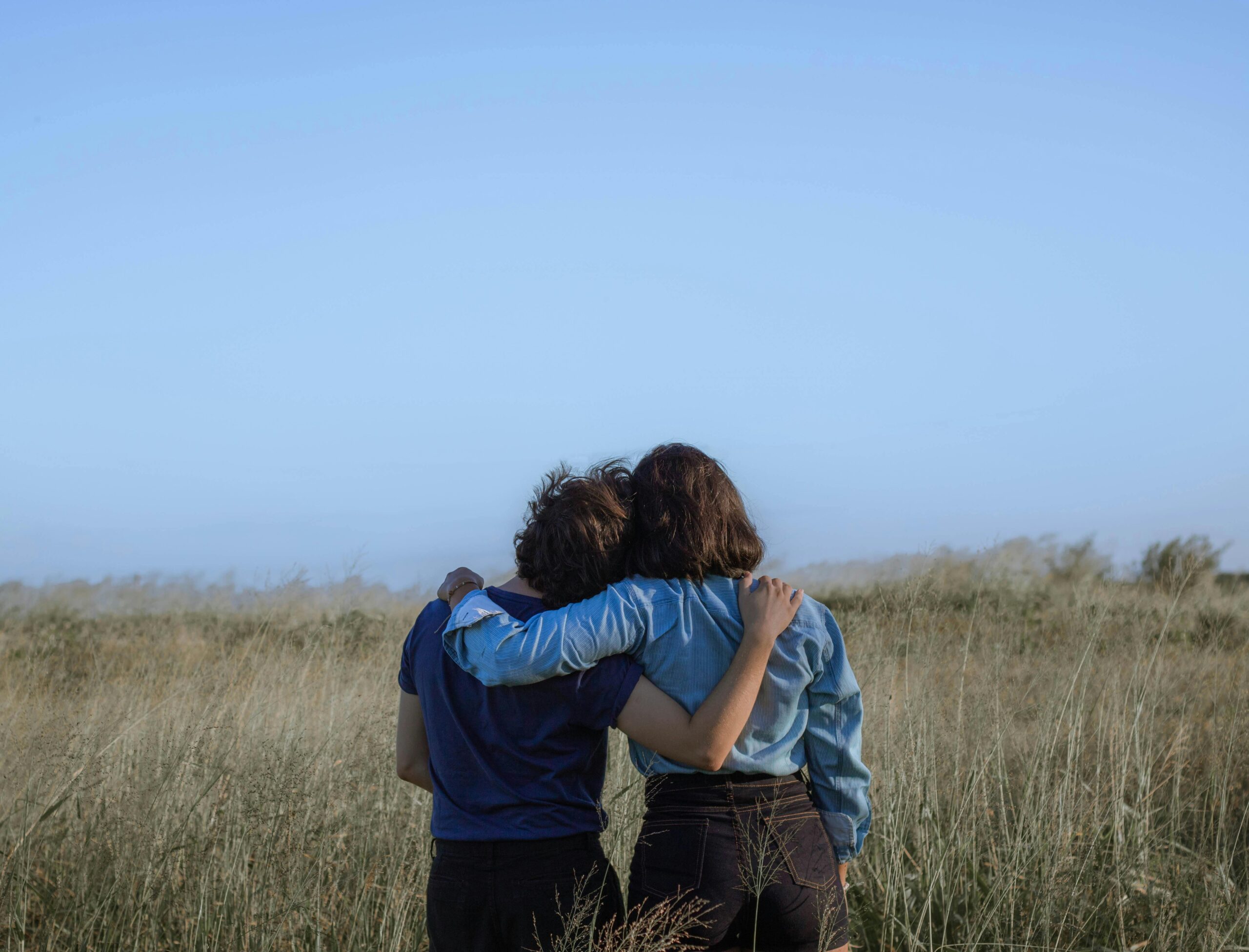
By Patricia Crisafulli
After Thanksgiving dinner had been served and eaten, the dishes scraped and stacked on the kitchen counter, my mother, my aunt, and my grandmothers would begin the long job of washing all the good dishes and silverware by hand, then scrubbing the pots and pans. For more than an hour, these women worked while my father and at least one uncle watched football in the family room. After a small share of kitchen duty, we children—my two sisters and I and our cousins—would escape to the living room to play records and dance (competing, of course, with football in the next room).
Looking back, it is easy to protest the traditional gender roles assigned to the women—cook, serve, clean. But that’s only part of the story. In my childhood home, the real action was in the kitchen where every sort of comedy and drama played out in equal parts.
There was my mother—serious all day over worries about the turkey being tender and moist, the gravy thickened without lumps—laughing as she plunged her rubber-gloved hands into hot soapy water. Aunt Jeanne, her sister, delivered a repertoire of stories about the local fabric store where she worked. (Who knew buying polyester could be fall-down funny!) My grandmothers—one French, one Italian—sat at the table sorting the good silverware, clucking their tongues and occasionally chiming in.
In that small kitchen that never had enough counterspace, they talked together and over each other—a cacophony of stories, gossip, and generational wisdom.
For all of us who practice creative arts, such scenes are potent with content and meaning. Across every medium of expression, we can resurrect and celebrate—or, when needed, refute and exorcise—our generational stories. All we need are observations of what is and memories of what was.
Listen and remember
If you are fortunate to be among the generations, particularly during holidays such as Thanksgiving, listen with an ear for their stories—even the ones they’ve told a million times. Why that story? What does it say about who they are—or who they want(ed) to be? My mother and Aunt Jeanne countlessly recalled being 18- and 20-year-olds working in a small town café and described in a newspaper ad as “The Famous Long Sisters.” The rest of us groaned at the 400th retelling of that story but now, with a softer perspective of many years gone by, I see the unrequited ambition of two beautiful, talented young women who were rarely seen for who they were.
Recollecting the scene
Some of the richest veins to be mined extend back in time to those who are no longer here. Such is the case for me, now in my 60s. My recollections are images, snippets of stories, impressions, and emotions that I must piece together. The focal point is always my mother who died when I was 26. I strain to recall her while she cooked—shooing us out of the kitchen when we got underfoot, then scolding us for not helping.
But during the cleanup, she relaxed and laughed, revealing another side of herself—including in a few cherished photos I’ve unearthed. In studying that image, I can look beyond the mother and see the woman. Now, as a writer and novelist, I use this insight into the dual dynamic to more fully develop my characters—showing them in the context of their family roles while also revealing their individuality.
Echoes of secrets
I can remember being about eight years old and heading to the kitchen for a drink of water. Approaching, I heard lowered voices, a sympathetic comment from my grandmother, and then my aunt’s warning when she saw me. They stopped talking, gave me my water, and sent me back to the living room. Who knew what they talked about—themselves or someone else, a suspicious lump or a bad husband?
It’s a reminder to me as a writer: Secrets begin in many places, including the bedroom, but they get aired in the kitchen. In my art, I imitate that life truth. In my latest novel, ‘The Secrets of Still Waters Chasm‘, my protagonist, Gabriela, is brought into the confidence of two women plotting to undermine a development that would cause severe environmental damage. Their clandestine meeting, however, has all the outward appearance of three women drinking tea around a kitchen table.
Dynamics and conflicts
Makeup on, jewelry clipped to ear lobes and collars, aprons covering their holiday dresses, the women in my family were on their best behavior. But a current crackled below the surface, generated by engrained dynamics and generational conflicts—my parents’ chronically troubled marriage; my mother who never felt accepted by her mother-in-law; my grandmother who played favorites among her daughters… Love mixed with hurt, and none of them were right or wrong but dwelled somewhere in the middle with the rest of us mortals.
There is inspiration here as well for making art more true-to-life: In my novel, Gabriela is torn between wanting to spend the night with her new boyfriend and needing to ask her strict Italian-born mother, Agnese, to stay with her ten-year-old son. Agnese’s invective—punctuated by the word “Puttana!”—is cruelly judgmental, but also an expression of what the older woman clings to as her truth: What will become of you?
Our generational stories are a legacy of both the blessed and benign, the caustic and corrosive. It defines so much of where we came from, what shaped and informed our worldview, what we embrace, and what we cast off to free ourselves. This is rich material to be mined to its depths and expressed in our art.


Patricia Crisafulli is an award-winning writer and a New York Times bestselling author. Her first novel, The Secrets of Ohnita Harbor, was published by Woodhall Press in 2022, and her second, The Secrets of Still Waters Chasm, was published in September 2023.
















